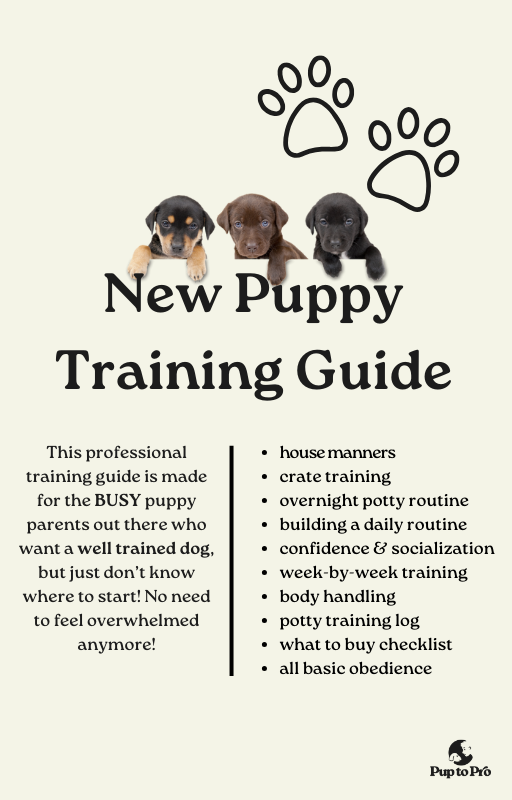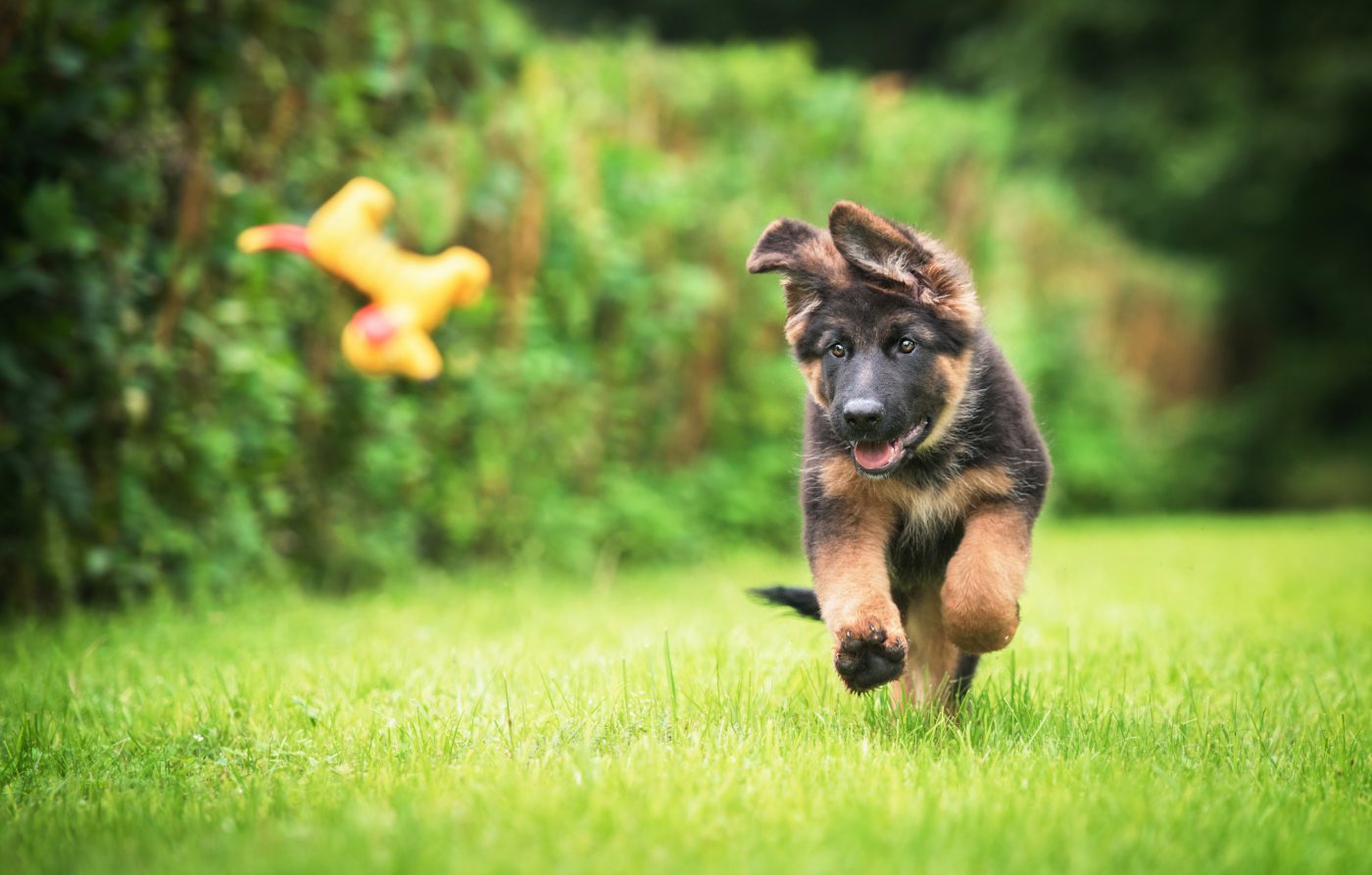How to Make Puppy Training Fun and Effective for Both You and Your Dog
How to Make Puppy Training Fun and Effective for Both You and Your Dog
Blog Article
Leading Young Puppy Training Methods to Ensure a Well-Behaved Animal
Efficient puppy training is critical for cultivating a well-behaved companion, and different strategies can significantly influence a canine's growth. As we explore these approaches additionally, it becomes clear that the success of young puppy training hinges on a combination of techniques that can transform your pet's habits in exceptional ways.
Positive Support Techniques
Utilizing favorable reinforcement techniques is essential for reliable pup training, as it encourages wanted behaviors with benefits instead than penalty. This method takes advantage of the all-natural knowing procedures of pet dogs, reinforcing good behavior by providing prompt and tangible benefits, such as deals with, appreciation, or playtime. By associating positive end results with certain activities, pups are most likely to repeat those behaviors in the future.
Rewards need to be given right away after the desired habits takes place to produce a clear link in the pup's mind. In addition, differing the types of rewards can keep a puppy's passion and motivation throughout the training procedure.

Consistency in Educating Commands
Keeping uniformity in training commands is crucial for enhancing the lessons discovered with positive reinforcement strategies. Pets thrive on regular and predictability, so making use of the exact same verbal commands and hand signals for certain behaviors is necessary. This harmony helps puppies recognize what is expected of them, reducing confusion and stress for both the family pet and the fitness instructor.

Timing also plays a substantial role in consistency. Commands ought to be provided quickly during training sessions and complied with right away by favorable support, such as deals with or appreciation. This instant feedback assists solidify the association in between the command and the wanted habits.
Including uniformity into training sessions will certainly produce a steady knowing atmosphere, promoting quicker proficiency of commands. Ultimately, a well-structured method cultivates a solid bond in between the puppy and its owner, resulting in an extra well-behaved and obedient animal.
Socializing With Other Family Pets
Socializing with various other family pets is crucial for a young puppy's development, as it aids them find out appropriate habits and communication abilities in varied social contexts. Early communications with various animals can considerably influence a pup's personality and versatility in different scenarios. When pups are subjected to a selection of pet dogs, they come to be much more confident and less afraid, which can protect against prospective behavioral concerns later in life.

Show your pup to identify signals from other animals, such as indications of playfulness or pain, fostering mutual regard and understanding. Normal socialization not just enhances your pup's social skills yet likewise contributes to their total health, producing a more unified living atmosphere.
Crate Training Conveniences
Acknowledging the various benefits of crate training can substantially improve both the pup's and owner's experience. Crate training provides a safe and secure setting for puppies, ensuring they feel protected when left alone. This complacency can significantly reduce stress and anxiety and stress and anxiety degrees for both the proprietor and the animal.
In addition, crates function as a beneficial housebreaking tool. Young puppies naturally prevent dirtying their sleeping location, therefore urging them to hold their bladder till they are let outside. This impulse can quicken the house-breaking procedure, fostering good routines early on.
Crate training also aids in managing a puppy's behavior when unsupervised. By providing a designated room, proprietors can prevent damaging actions, such as chewing on furniture or entering into damaging materials. Additionally, cages can be advantageous throughout traveling, using a familiar area that can aid calm a pup in new settings.
Last but not least, establishing a dog crate regular urges independence, enabling young puppies to find out just how to be alone without fear. In general, cage training is an efficient technique for promoting safety and security, technique, and tranquility, resulting in a well-adjusted, well-behaved pet dog.
Chain Training Essentials
Leash training is a fundamental aspect of responsible pet dog ownership that ensures a pleasurable and safe walking experience for both the young puppy and its owner. Appropriate leash he said training starts early, preferably throughout the young puppy's socializing duration. When out in public., this training helps establish excellent routines and advertises positive actions.
To begin, pick a comfortable collar or harness that fits your pup well. Connect a sturdy chain, ensuring it is not as well long, as this can result in drawing and unpredictable actions. Begin in a silent environment to lessen disturbances and progressively introduce your pup to brand-new surroundings.
Use favorable reinforcement strategies, such as treats and praise, to urge your pup to stroll beside you. Stop walking and wait for them to return to your side prior to continuing if your young puppy draws. This teaches them that pulling will not produce onward movement. Uniformity is key; practice routinely and remain individual, as proficiency takes time.
Furthermore, include brief training sessions with fun interruptions to build your pup's focus. With dedication and persistence, chain training will certainly cause an accommodating buddy, making strolls delightful for both the young puppy and the owner.
Verdict
In final thought, using reliable pup training strategies is essential for developing a mannerly pet. In general, these methods collectively advertise an unified connection in between young puppies and their owners.
As we discover these techniques even more, it anchor becomes clear that the success of pup training hinges on a mix of strategies that can change your pet's actions in exceptional means.
Making use of favorable reinforcement strategies is crucial for efficient pup training, as it motivates desired habits through incentives rather than penalty.Crate training likewise aids in taking care of a young puppy's behavior when not being watched.Leash training is an essential aspect of responsible animal ownership that makes certain a delightful and safe strolling experience for both the young puppy and its owner.In conclusion, employing effective pup training methods is essential for establishing a mannerly pet.
Report this page